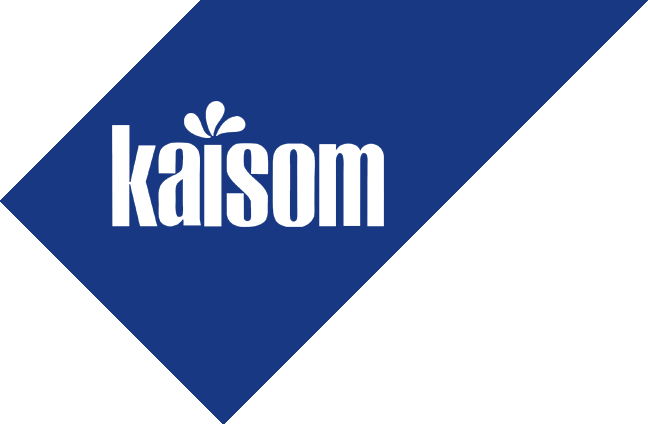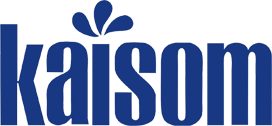Unlocking Choices: How Modern Systems Offer Flexible Access
In today’s rapidly evolving digital landscape, the way we access systems and services has undergone a remarkable transformation. Gone are the days of rigid, one-size-fits-all access controls. Instead, modern systems now prioritize flexibility, customization, and user empowerment, enabling individuals and organizations to tailor access according to specific needs. This article explores the concept of flexible access systems, their historical development, core principles, educational frameworks for understanding them, and practical implications, illustrating these ideas with contemporary examples like the innovative gameplay mechanics found in safe Pirots4 bonus game.
Table of Contents
- Understanding Modern Access Systems and Their Significance
- The Evolution of Access Control: From Fixed to Flexible
- Core Concepts Underpinning Flexible Access Systems
- Educational Frameworks for Comprehending Access Variability
- Pirots 4: A Modern Illustration of Flexible System Design
- Non-Obvious Dimensions of Flexible Access Systems
- Practical Applications and Implications
- Future Trends: Innovations Shaping Access Flexibility
- Conclusion: Unlocking Choices for Greater Engagement and Control
Understanding Modern Access Systems and Their Significance
a. Definition of flexible access in contemporary systems
Flexible access refers to systems that allow users to customize how they interact with and gain entry to digital or physical resources. Unlike traditional access controls—often binary and fixed—modern systems incorporate adaptable permissions, multi-layered options, and user-centric features. For example, a cloud storage service might let users set different access levels for collaborators, ranging from read-only to full editing rights, depending on context and needs.
b. The importance of choice and customization for users
Empowering users with choices enhances engagement, satisfaction, and security. When individuals can tailor their access—such as selecting authentication methods or setting access durations—they feel more control over their digital environment. This personalization aligns with the broader movement toward user-centered design, which recognizes that flexibility fosters trust and efficiency.
c. Overview of how technological advancements enable these options
Advances in cloud computing, biometric authentication, AI, and modular software architectures have been pivotal. These innovations facilitate dynamic permission management, real-time adjustments, and seamless integration across platforms—making flexible access not just a theoretical ideal but a practical reality.
The Evolution of Access Control: From Fixed to Flexible
a. Historical perspective on access limitations
Initially, access controls were simple—often based on passwords or physical keys—offering little room for customization. For example, early security systems in buildings relied solely on key cards or physical locks, providing a binary access/no-access scenario.
b. Transition phases leading to modern flexible systems
The shift began with layered security protocols, such as role-based access control (RBAC), introducing granularity. Later, integration with biometric data and mobile authentication further expanded options, paving the way for truly adaptable systems.
c. Key technological breakthroughs enabling flexibility
Breakthroughs like cloud infrastructure, real-time permission updates, and machine learning algorithms now allow systems to adapt dynamically. For instance, AI can analyze user behavior to recommend or automatically adjust access levels, exemplifying a move toward intelligent, flexible control.
Core Concepts Underpinning Flexible Access Systems
a. Modular design and user-centric customization
Modularity allows systems to be built from interchangeable components, enabling tailored access configurations. For example, a software platform might offer plug-and-play modules for specific permissions, allowing users to assemble systems that match their needs precisely.
b. Dynamic permissions and adaptive interfaces
Permissions that change based on context—such as location, device, or time—are central to flexibility. Adaptive interfaces simplify user interaction, adjusting options based on user behavior or system conditions, enhancing usability and security.
c. Integration with other system components for seamless experience
Combining access controls with identity management, data analytics, and security protocols ensures a cohesive experience. For example, integrating biometric authentication with cloud permissions creates a smooth, secure pathway for users.
Educational Frameworks for Comprehending Access Variability
a. The role of gamification and interactive examples
Gamification turns complex access models into engaging learning experiences. Interactive simulations and game-like scenarios help users visualize permission hierarchies and decision pathways, making abstract concepts tangible.
b. How to visualize complex access models effectively
Flowcharts, layered diagrams, and cascading trees can illustrate permission hierarchies and decision points. For instance, a diagram showing user roles cascading into specific access rights clarifies layered permissions in a system.
c. Introducing Pirots 4 as an illustrative case study
Modern interactive examples, such as safe Pirots4 bonus game, exemplify layered choice mechanisms through engaging gameplay mechanics. These serve as effective metaphors for understanding how layered access options work in real systems.
Pirots 4: A Modern Illustration of Flexible System Design
a. Overview of Pirots 4’s themes and mechanics
Pirots 4 is a contemporary game that integrates layered mechanics, cascading symbols, and thematic diversity—such as space adventures and pirate quests—to create a flexible decision environment. Its mechanics mirror the principles of dynamic permission systems, where choices cascade and influence subsequent options.
b. How the game exemplifies choice through cascading symbols
In Pirots 4, symbol matches trigger cascades, unlocking new opportunities and layered outcomes. This mirrors layered access controls, where initial permissions open pathways to additional options, embodying flexibility and user agency.
c. Specific features: Alien Invasion with the Space Bandit and symbol collection mechanics
Features like the Alien Invasion mode and symbol collection mechanics demonstrate how chance and strategy intertwine, akin to balancing security with accessibility in real-world systems. These mechanics show how unpredictability and user choice coexist in flexible systems.
d. The “Lost in Space” game mode as a metaphor for unlocking access
This mode illustrates the concept of unlocking new layers of options, reflecting how advanced access controls can dynamically adapt to user actions and system states, fostering engagement and control.
e. Combining space and pirate themes to demonstrate layered options
The thematic layering in Pirots 4 exemplifies how multi-dimensional choices can be designed to be both engaging and functional, providing a vivid analogy for layered access systems in digital environments.
Non-Obvious Dimensions of Flexible Access Systems
a. User empowerment and decision-making autonomy
Flexible systems enhance user agency by allowing decision-making at multiple points. For example, users might choose authentication methods or set permissions for collaborators, fostering a sense of control that boosts trust and satisfaction.
b. Balancing security with accessibility
While flexibility improves usability, it introduces challenges in maintaining security. Systems must implement safeguards—such as multi-factor authentication or context-aware permissions—to prevent vulnerabilities, much like game mechanics that balance chance and strategy.
c. The role of randomness and chance in access systems
Elements like symbol collection, cascading mechanics, or random rewards in gaming—exemplified in Pirots 4—highlight how chance influences user experience. In access systems, controlled randomness can add layers of unpredictability that enhance engagement without compromising security.
Practical Applications and Implications
a. How businesses implement flexible access to enhance user experience
Organizations adopt layered permissions, adaptive interfaces, and context-aware controls to improve usability. Cloud platforms often allow users to set detailed sharing options, mirroring the layered choices in interactive games.
b. Benefits for users: customization, control, engagement
Flexible systems offer users autonomy, leading to increased satisfaction. For instance, users can select access levels, authentication methods, or customize workflows—paralleling the layered decision-making seen in modern gaming mechanics.
c. Challenges and considerations in deploying such systems
Complexity, security risks, and user education are key challenges. Proper design requires balancing flexibility with simplicity, ensuring users understand their options without overwhelming them.
Future Trends: Innovations Shaping Access Flexibility
a. AI-driven adaptive access control
Artificial intelligence will enable systems to learn user behaviors, dynamically adjusting permissions and access pathways—much like adaptive game mechanics that respond to player choices,





